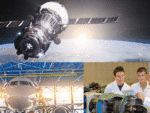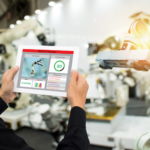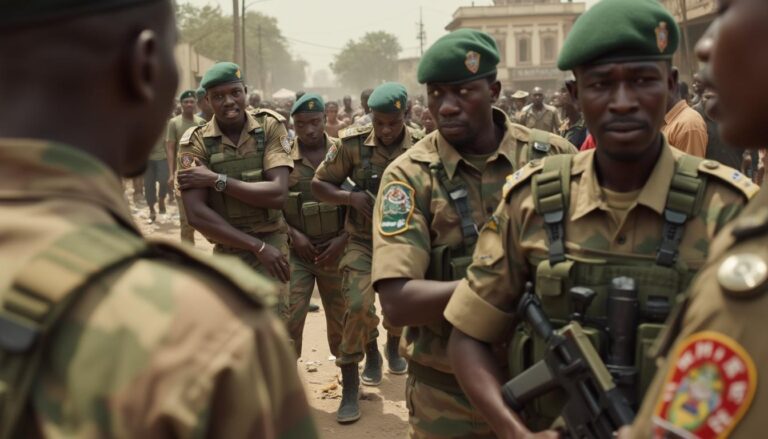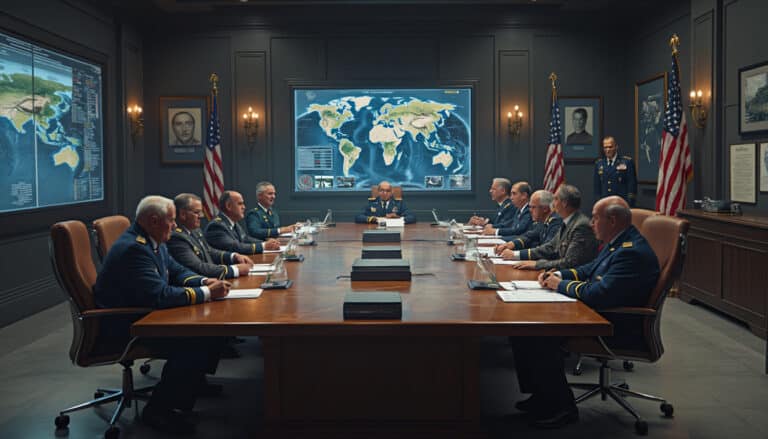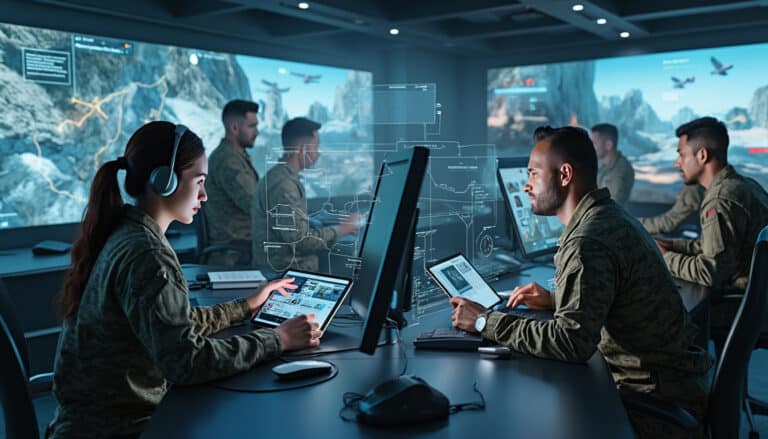In 2024, Germany and France intensify their efforts to develop their next generation battle tank. Recognizing the importance of extensive cooperation, these two military powers are actively seeking new partners to enrich this ambitious project. The objective is clear: to design a revolutionary vehicle that will replace existing models while integrating cutting-edge technologies. This strategic partnership aims not only to strengthen European security, but also to establish a beneficial collaborative dynamic within the EU.
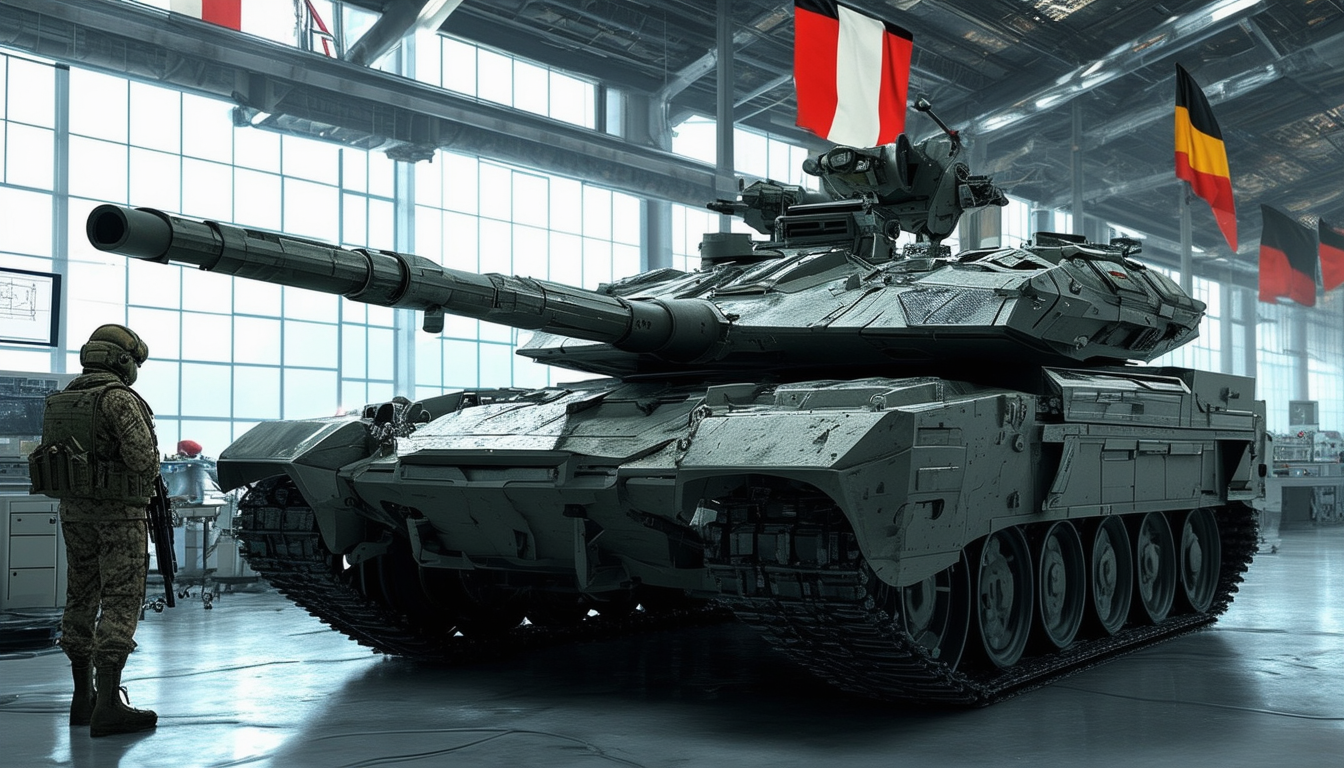
In 2024, Germany and the France join forces to give new impetus to their ambitious new generation battle tank project. This program aims not only to modernize the military capabilities of the two nations, but also to integrate partner countries in a collaborative and inclusive approach. Faced with current geopolitical challenges, this project could transform the European defense landscape.
Table des matières
ToggleA strengthened strategic partnership
As part of their cooperation, Germany and the France have already established a solid partnership around the MGCS project, intended to replace the Leclerc and Leopard 2 tanks by 2035. The initiative is based on equal sharing of responsibilities and costs between the two nations, thus promoting balanced collaboration. However, to face growing technological challenges, it becomes necessary to open this project to new partners.
Why involve new partners?
Contemporary security and military technology challenges require broader cooperation. By integrating new countries into this development, Germany And France hope to benefit from a diversity of expertise and innovation. Nations like Poland have already expressed an interest in participating in this project, which could strengthen Europe’s military capabilities while consolidating inter-state relations.
The advantages of the MGCS project
The MGCS, as the battle tank of the future, represents a significant step forward. Eagerly awaited, this new model offers cutting-edge technology prospects that could redefine military operations. By including other countries in the development process, the characteristics of the MGCS could be enriched thanks to various contributions in innovation and research, thus making this machine even more efficient.
The next stages of development
While France and Germany continue to work on prototypes, discussions to integrate new partners must accelerate. Meetings between military officials and defense ministers are planned to explore modalities for expanded collaboration. These exchanges will also make it possible to clarify the respective roles of each country and optimize financial and technical contributions.
Conclusion: a promising future for the Franco-German tandem
The next generation battle tank project is not simply a military initiative; it is a symbol of European cooperation and the integration of defensive capabilities. By looking for new partners, Germany And France show their commitment to working together for a common security future. This project, if successful, could become a model to follow for other European initiatives in the field of defense and military technology.
🇵🇰
— Restitutor Orientis 🇨🇭 (@restitutorII) March 6, 2024
Pakistan: L'armée pakistanaise présente le nouveau char de combat "Haider" basé sur le char chinois VT-4. C'est du 125mm pour le canon principal et 1200ch pour le moteur procurant une autonomie de 500km.
Un char assez léger avec 52 tonnes par rapport aux chars occidentaux… pic.twitter.com/i0YM03Qup9





